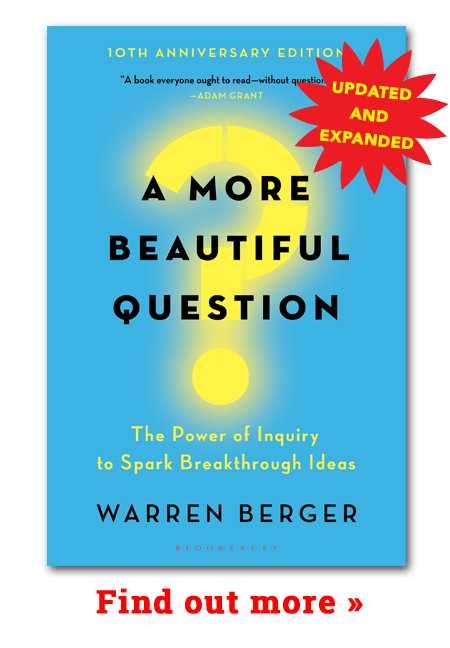A neurologist offers a view inside the creative mind
I often try to make the case that questioning can be seen as a starting point of innovation. This is based partly on my study of innovators’ work methods, combined with anecdotal evidence that many innovations, through the years, began with someone asking a question.
But I hadn’t thought of questioning as a starting point of creativity until I heard a presentation by Susan Greenfield (you can watch the embedded YouTube video at the end of this post). It’s a terrific speech on the neuroscience of creativity, given at a conference in Australia. Greenfield is a scientist affiliated with Oxford University and an author of neurology books, not to mention a distinguished member of the House of Lords. (She also became something of a lightning rod on Twitter, owing to her assertions that social media may be having adverse effects on thinking and behavior.)
In Greenfield’s presentation, she does a great job of describing how the branches (or dendrites) in the brain forge connections as we’re engaged in creative thinking. But the part that caught my attention, about halfway into the speech, is when she discusses what’s going on in the brain in the first stages of creative thinking.
Questioning the dogma
Greenfield points out that when an artist, for example, first begins to conceive of a new painting, the process may start with looking at something (say, a tree) and “deconstructing” that image in original and abstract ways—thereby “challenging the dogma” of what a tree is supposed to look like. She adds: “In science, too, when you are being creative, you do have to challenge dogma: Why are you assuming such-and-such?” The engineer who dreamed up the MINI car, Greenfield notes, challenged dogma in this way when he asked:
Why should the engine be in the front of the car?”
After making this point that creativity starts with questioning dogma, Greenfield also talks about the next stage of creativity, in which the brain creates “unusual associations.” (In writing my book, I am referring to this process as “connective inquiry,” wherein the conscious or subconscious mind wonders, “What if we put this together with that?”) She ends the 30-minute presentation with a discussion of the neurological concerns brought on by all the hyper-stimulation and info-overload of our current culture. I guess this is where some people take issue with her, though I suspect (and fear) she may be right on. Give the speech a listen; it’s well worth the time. And I want to give a hat tip here to The Creativity Post, which ran the nice article that brought this speech to my attention. I only recently discovered their site, but it looks like a great resource for anyone interested in creativity.


